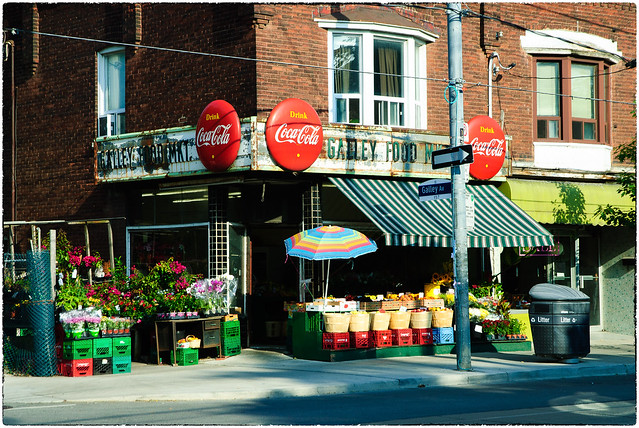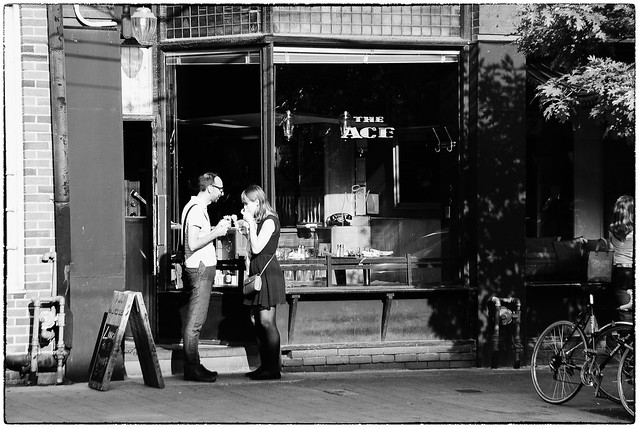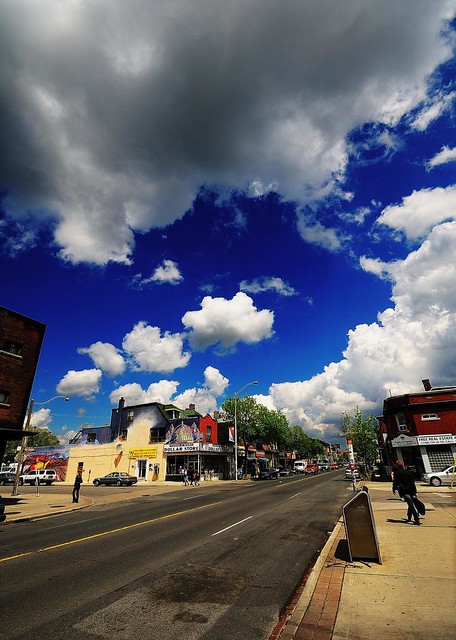
Nikon D200, Nikkor 135/3.5 AI
I shot the Canadian International Airshow yesterday, with the D200, an old Nikkor 300/4.5 AI'd and a cheapo 70-300G non-VR. The conditions and particulars of the show were against me this year, haze was a constant issue and they pushed the performers to use the west end as entry and exit if possible rather than the east so they could limit the need to schedule around activity at the Toronto Island Airport. Unfortunately the CIAS is a difficult show to shoot, because the best view is north of the flightline and you end up with a lot of backlit aircraft, the only venue south of the flightline is Gibraltar Point on Toronto Island, which is normally pretty good, but a bit far from the centre of the flightline. If there's any haze or too much clouds it becomes an exercise in which issue causes more trouble. I think next year I may shoot from the lakeshore instead of Gibraltar Point.
Total count for the day was 1553 frames, about average for me at an airshow and 50% more than last year. As expected, both lenses delivered an adequate but not exceptional performance and showed less weakness on the low-MP D200 than they would on a newer and higher-MP body. AF on the 70-300G was actually pretty good aside from a couple cases where it lost lock and racked through the range. Overall focus hit rate was around 90%, pretty good when most shots were with the manual focus 300. Initial selects from the shoot left me with 50 images, which I'll trim down to 25 or so for final posting. A couple will end up on Flickr and the rest on Facebook.
The D200 continues to work well for me. I've now got more frames on it than on anything else I've shot this year, combined. I'm at 4155 frames for the year, 2399 of which were on the D200, which means that I've got 846 frames on the D200 not counting the airshow, that's more than the X-A1 (805 frames in 4 months) and significantly more than the ~500 frames each on the X-E1, D7100 and D600. And yes, the math doesn't add up as the D600's framecount is split between 2013 and 2014 and the D7100's is all 2013, I'm comparing frame counts per body seperately from the year's totals.
The X-E1's been sold. It was pretty clear when I hit 500 frames on the D200 that I'd made a good decision in buying that cheap body, so the X-E1 and both lenses went and in return I picked up a Sigma 10-20 f4-5.6, a 35/1.8G DX and a 50/1.2 AI-S and a week later a 70-300G non-VR with the remainder of the Fuji proceeds. This pretty much duplicates my old setup with the D300, just with a couple slightly different primes, the 35DX replaces the CV 40/2 Ultron and the 50/1.2 replaces the CV 58/1.4 Nokton. I'm planning on sticking with this basic setup through the end of winter, and next spring I'll look at upgrading from the 16-85 and 70-300 to some more modern and better performing glass.
The downside to all this? I've got a ton of processing backlog now. I'd actually cleared out almost my entire backlog (1 set from July remained) but now I need to deal with a couple thousand shots from August. Naturally I won't be processing all of those, but they do need a pair of selection passes and then I need to process the final selections, and I need to fine-tune my processing for the D200 as the settings I was using for modern cameras will not work as well for the D200 with its stronger AA filter, more limited DR and noise at mid-ISO's.



